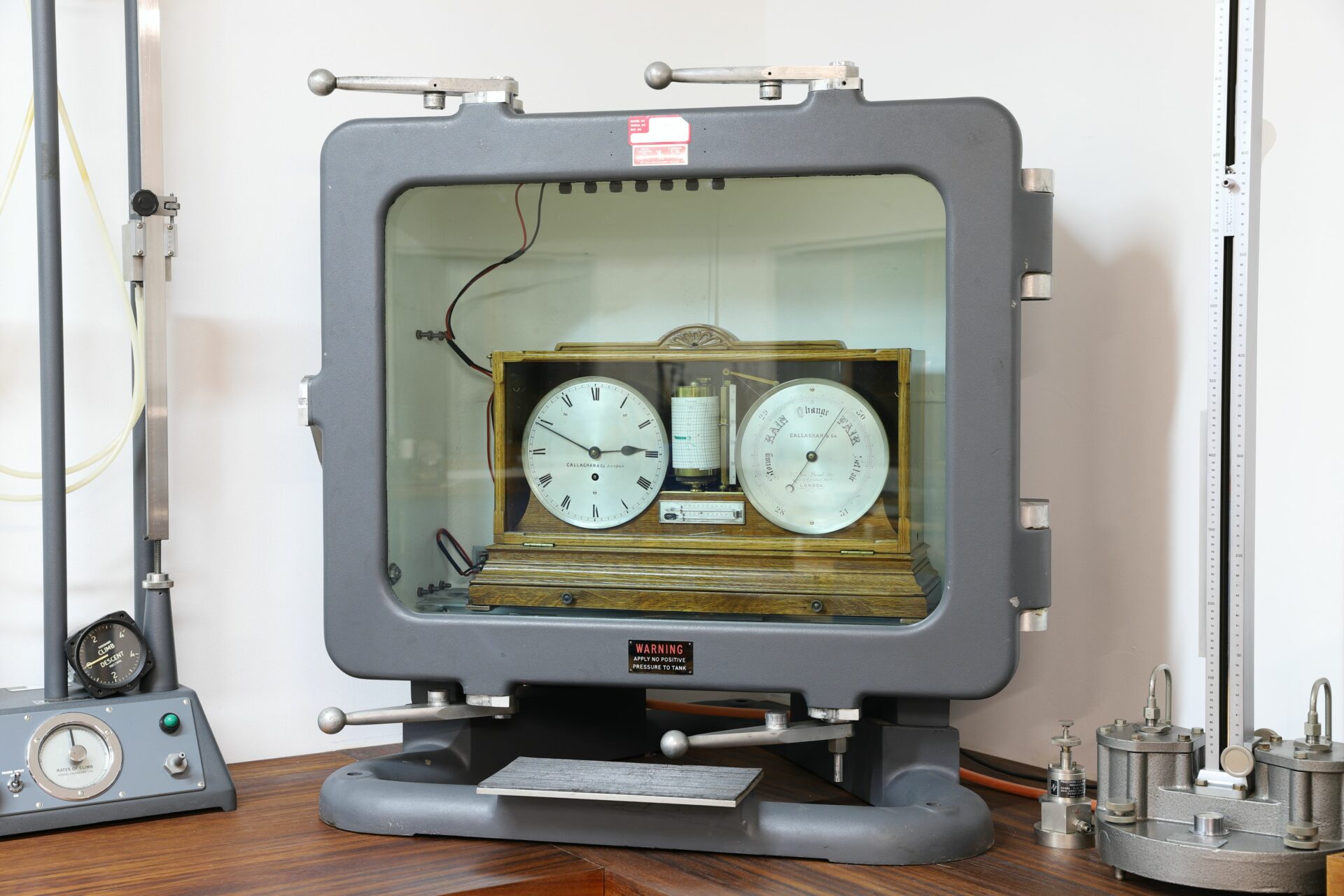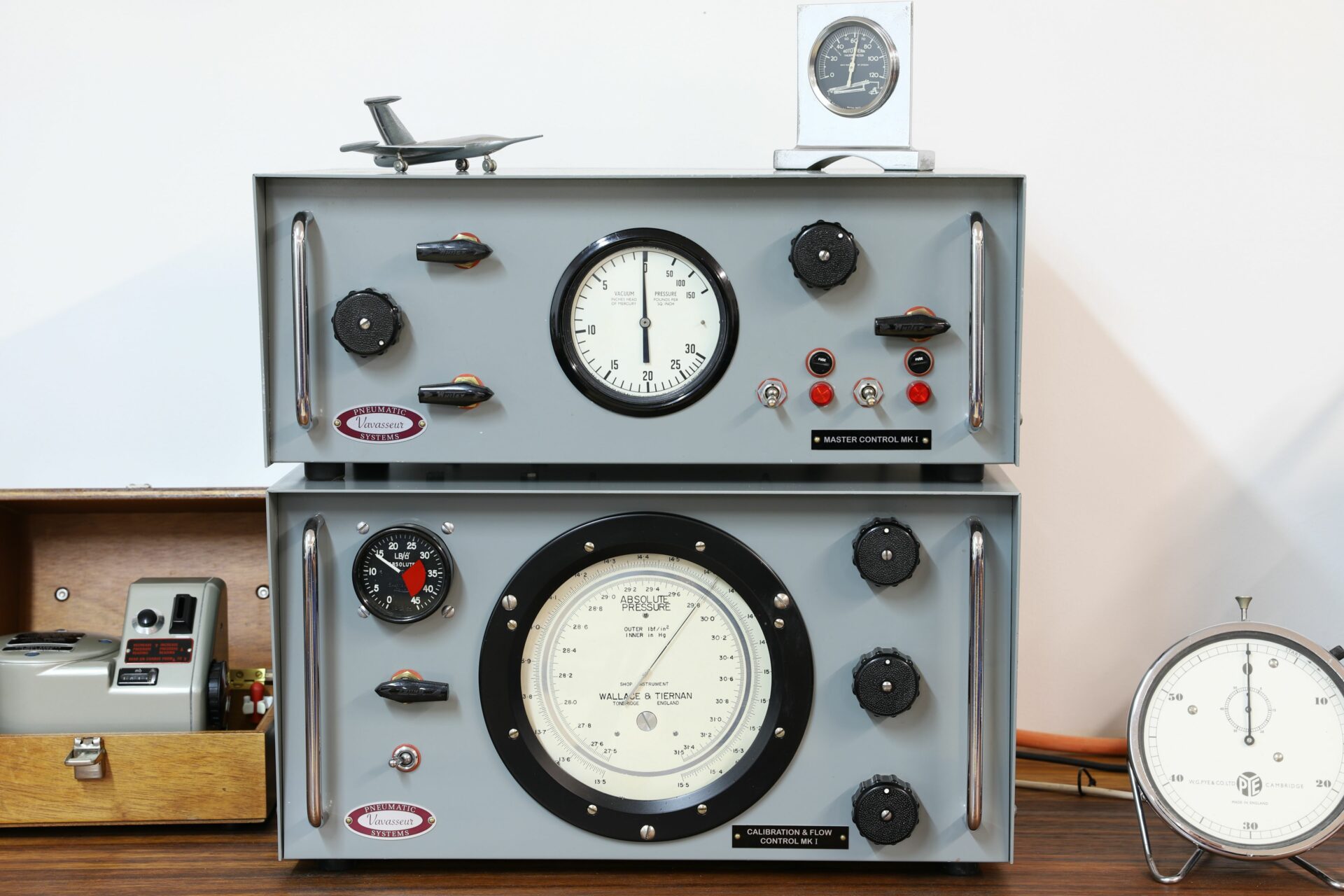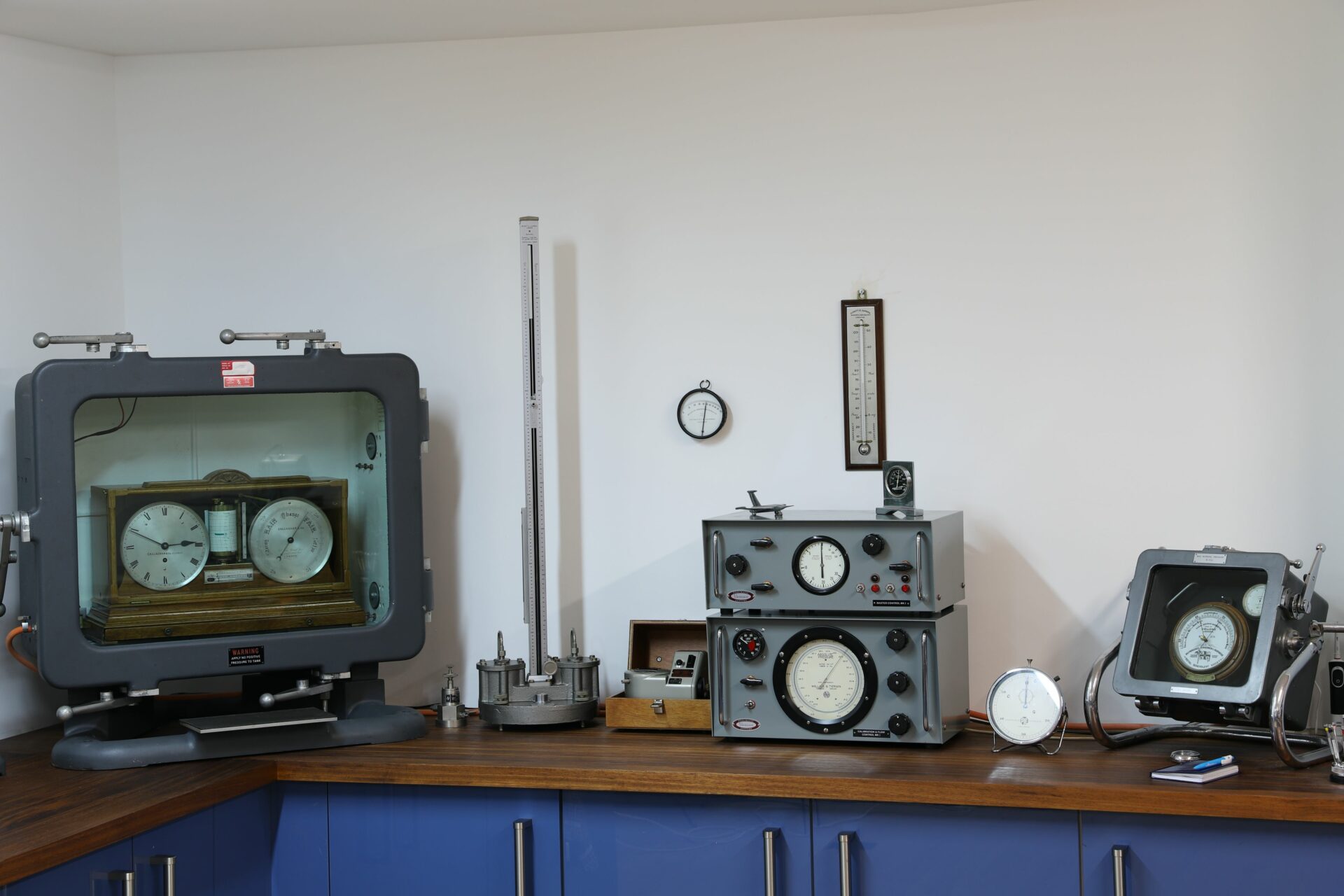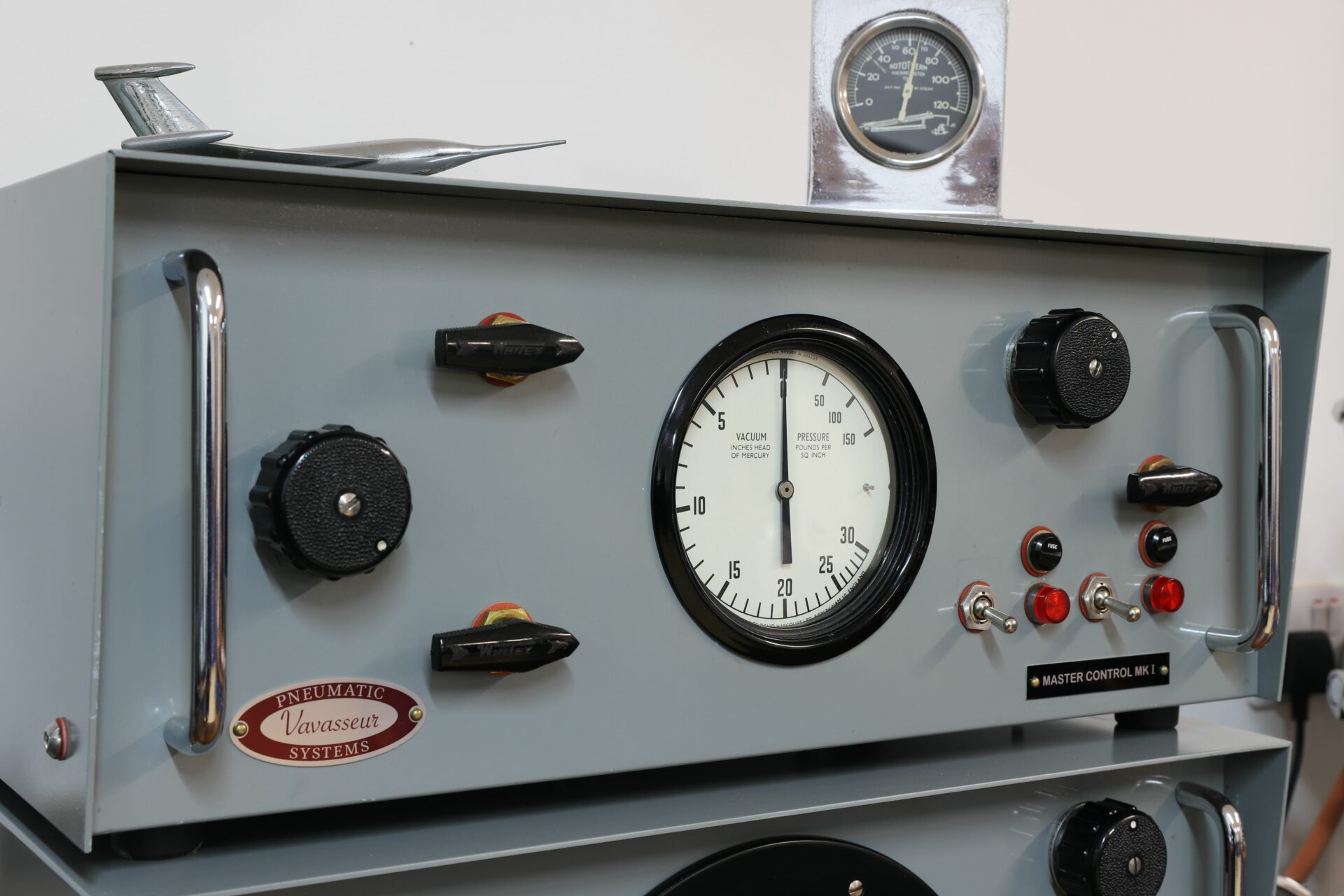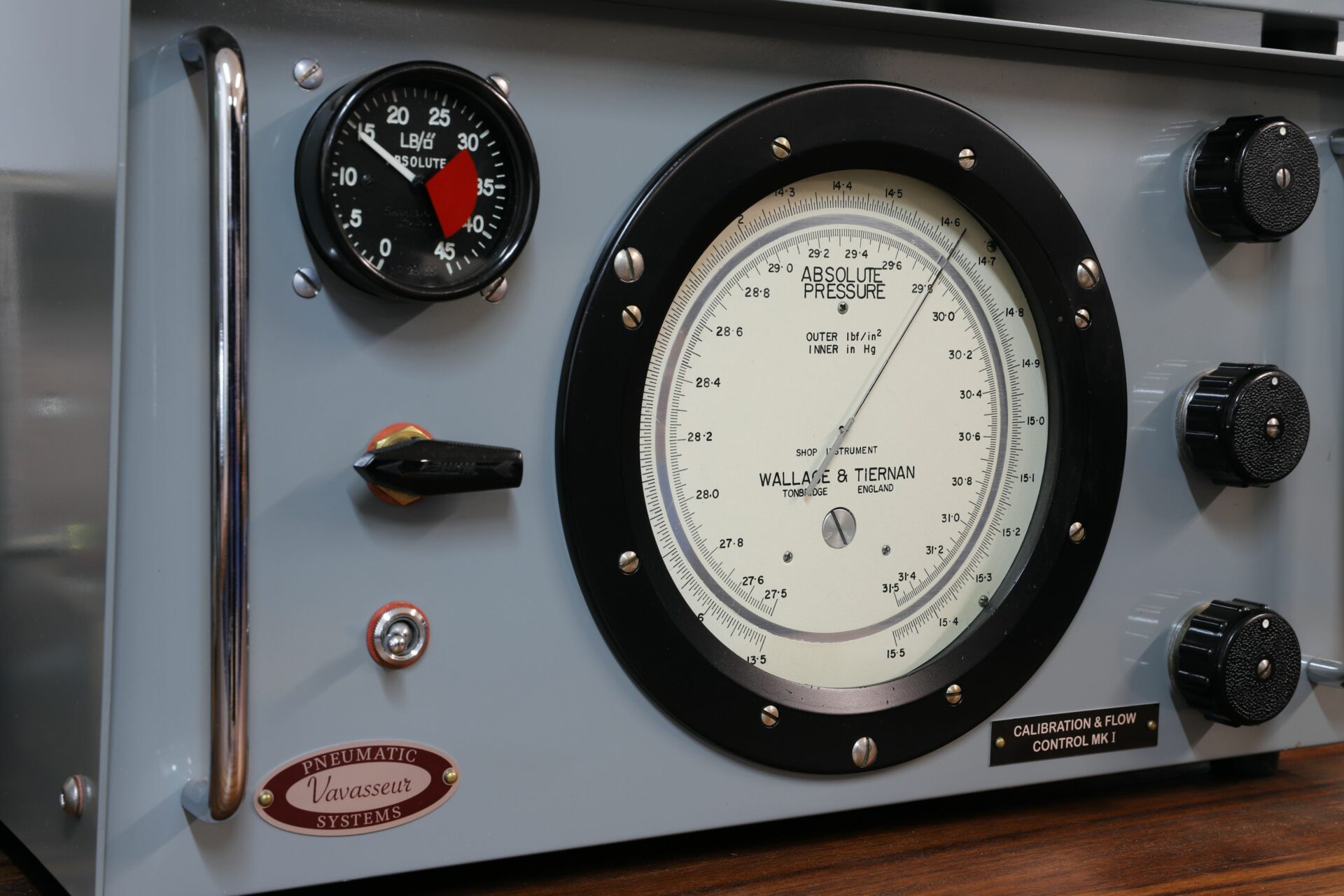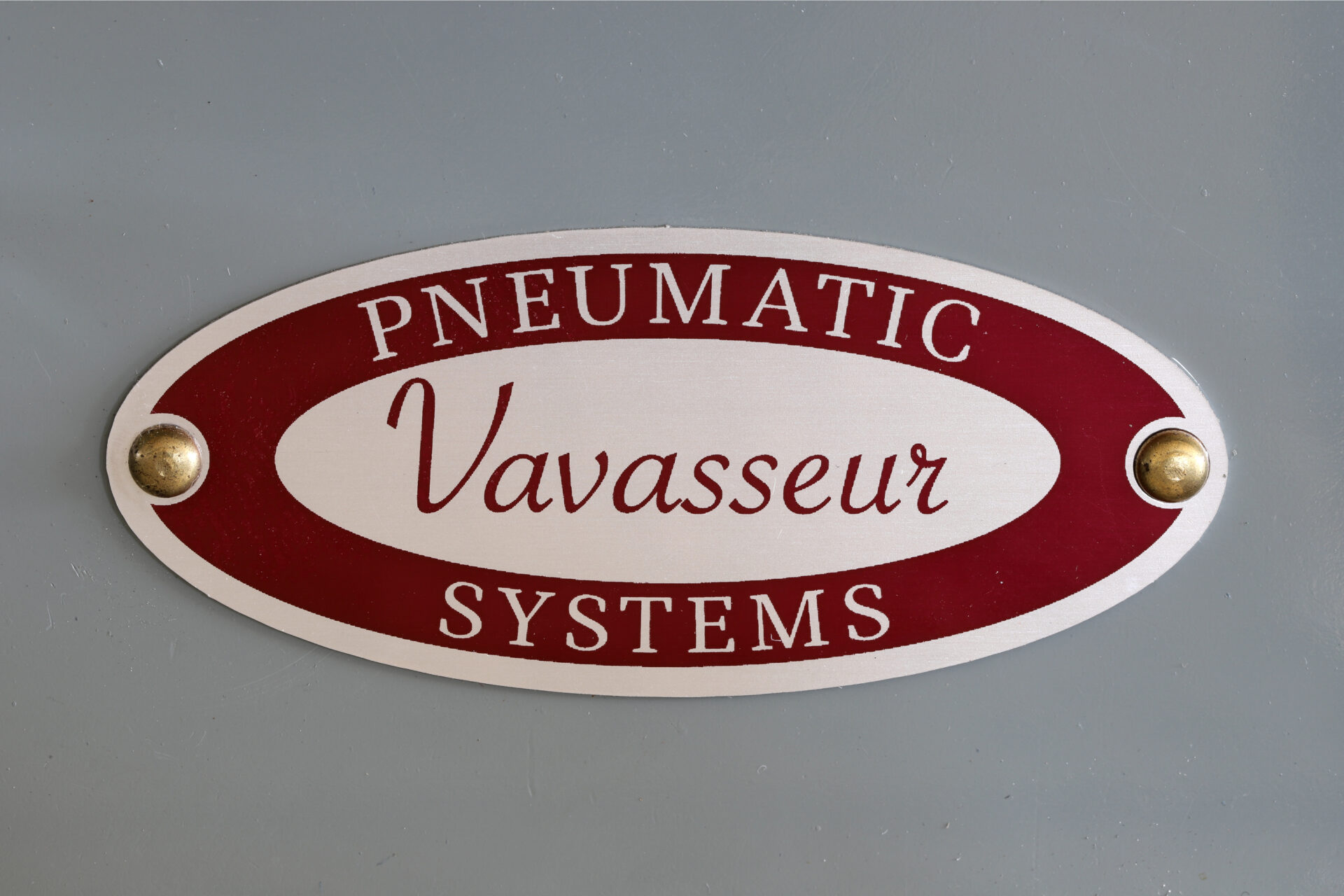I remember a client came to me, a number of years ago, and with great excitement explained that he had bought a barometer and that “it works!” His great surprise and feelings of good fortune were very evident. Quite apart from being very happy for him, it was clear to me in that moment just how low the expectations of people are when approaching the purchase of one of these instruments – something that I felt absolutely need not be the case.
Buying these instruments can be a difficult process as often the seller has very little idea if the item in question works in any capacity. To suggest, as I have often heard, that the item is an antique and that the buyer’s expectations should be correspondingly low simply is not good enough, though of course some of these instruments are constrained in registration to varying degrees by age.
Of course the descriptor “works” can mean many different things, ranging from movement of the pointer caused by temperature fluctuation through to restricted movement due to partially failed components, corrosion or maladjustment. The much relied upon Plastic Bag Test is no test in any meaningful sense (see Testing Aneroid Barometers for Accuracy & Function) – the only way to properly assess one of these instruments is under laboratory conditions. It should also be borne in mind that many of these instruments will have been serviced badly, poorly adjusted or in some way abused over their long lifetime, the consequences of which may not be outwardly visible but may place the item beyond economical repair.
We have yet to see an example of an antique barometer that has not required attention to rectify inherent faults and/or required proper servicing. Simply adjusting the pointer to read correctly in the moment is rather like relying on a stopped clock that can be said to tell the correct time twice a day…
Across the vast range of instruments that we test in the Vavasseur Laboratory, there will be infinite variation in inherent quality and accuracy, and some will never meet an acceptable standard for the type of instrument under test. This is where we find out.
Checks are made for full and free movement of the pointer across the scale, and there should be no or very little hang-up, i.e. pauses in movement, given a progressively changing pressure curve. An impression of hysteresis, inherent in the material design of the pressure capsule, can be made and sensitivity to very small changes in pressure, down to and below 1/50th of an inch of mercury, can be assessed. Finally, error is assessed over the whole scale, and this is illustrated in the performance chart produced for each instrument sold.
An important note here: complex items such as weather stations must be tested as a whole, not simply the barometer section on its own. This is because the function of the barometer section is fundamentally connected in operation to the clock. Equally, all barometers, including the larger ones, should have a final test within in their cases with dials attached, since the case and dial may affect the registration if incorrectly assembled. At Vavasseur Antiques, we are able to test instruments from the smallest to the largest.
Working on these instruments, some of which might be over 150 years old, presents a range of problems. Whilst some may be brought into good order with only minor adjustments and good basic servicing, others require a substantially greater amount of work, and here a detailed and comprehensive understanding of what appears to be a simple instrument is required.
When we set out to plan the new Vavasseur Laboratory, our main problem was that the equipment required was scarce, and the pressure/vacuum chambers, particularly the large one, posed a significant problem to source. Both chambers currently in operation are ex-RN/RAF contract and date back to the 1960s. Once found, commissioning them presented further headaches, with the need to replace parts, particularly the seals, to ensure safety. The danger with this equipment is the risk of implosion, and creating a vacuum in the larger chamber potentially exposes the glass to a load of up to 8,000lbs. A catastrophic failure under these conditions would simply shred everything in front of the glass, so all necessary checks and procedures had to be made prior to commissioning. Reassuringly, the pressure would never be drawn down that low when testing barometers or, for that matter, even high altitude altimeters.
The control equipment was quite another matter, and that had to be designed and manufactured from scratch in house. Work on these units took two years, with various prototypes at each stage refining the original designs. Control valves required particular attention as flow rates are critical, as is the integrity of the valve.
Once completed, these control units needed to be complemented by superior reference gauges and barometers. These reference points too needed to be serviced and properly calibrated, since they are the source of accurate data for comparison of the instruments under test.
The result is a truly professional approach, one that underlines the world-leading position that Vavasseur Antiques has achieved as the specialist dealer in antique and vintage aneroid-based barometers, altimeters and barographs.
